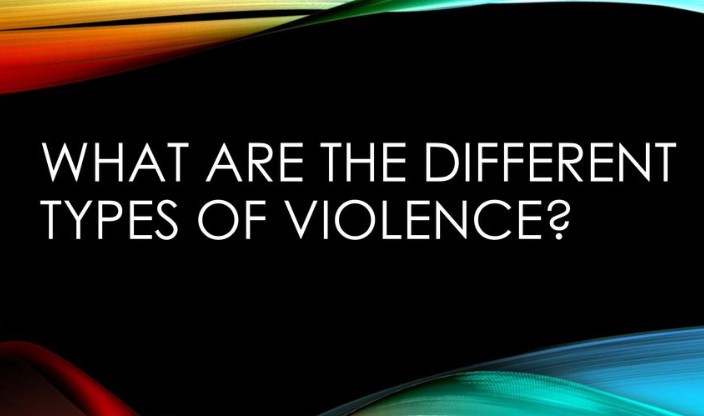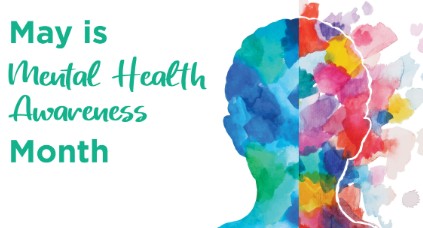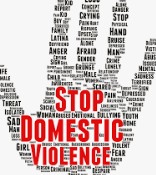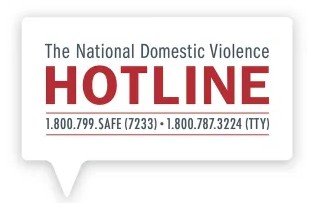
Types of Violence
Domestic Violence: This includes physical, sexual, psychological, and economic abuse within the home, often perpetrated by intimate partners or family members. It can affect women, men, children, teens, and seniors.
Child Abuse: This encompasses physical, emotional, and sexual abuse, as well as neglect. It can occur in homes, schools, and other settings where children interact with adults.
Elder Abuse: This includes physical, emotional, sexual, and financial abuse, as well as neglect of seniors. It can occur in homes, care facilities, and other settings.
Bullying: This involves repeated aggressive behavior intended to hurt another person, physically or emotionally. It can occur in schools, workplaces, and online.
Hate Crimes: These are violent acts motivated by prejudice against a person’s race, religion, ethnicity, sexual orientation, gender identity, or other characteristics.
Human Trafficking: This involves the exploitation of individuals through force, fraud, or coercion for purposes such as forced labor, sexual exploitation, or other forms of abuse.
Addressing and Preventing Violence
Domestic Violence
Domestic violence can be prevented through education, support services, and legal protections. Community programs that raise awareness and provide resources for victims are essential. Encouraging open communication and providing safe spaces for individuals to seek help can make a significant difference.
Child Abuse
Preventing child abuse involves educating parents and caregivers about positive parenting techniques, providing support services, and implementing strong legal protections. Schools and communities can play a role by promoting awareness and offering resources for reporting and addressing abuse.
Elder Abuse
Elder abuse prevention includes educating caregivers, providing support services, and implementing legal protections. Community programs that raise awareness and offer resources for reporting and addressing abuse are crucial. Ensuring seniors have access to safe environments and support networks can help prevent abuse.
Bullying
Bullying prevention involves creating safe and inclusive environments in schools, workplaces, and online. Education programs that teach empathy, respect, and conflict resolution skills are essential. Encouraging open communication and providing resources for reporting and addressing bullying can help create a supportive community.
Hate Crimes
Preventing hate crimes requires promoting tolerance, diversity, and inclusion. Education programs that address prejudice and discrimination are vital. Legal protections and support services for victims are essential. Community initiatives that foster understanding and respect can help reduce hate crimes.
Human Trafficking
Human trafficking prevention involves raising awareness, providing support services, and implementing strong legal protections. Education programs that teach individuals about the signs of trafficking and how to seek help are crucial. Collaboration between law enforcement, community organizations, and support services can help combat trafficking.


 Immediate Steps After a TBI
Immediate Steps After a TBI





 Sexual Assault
Sexual Assault





